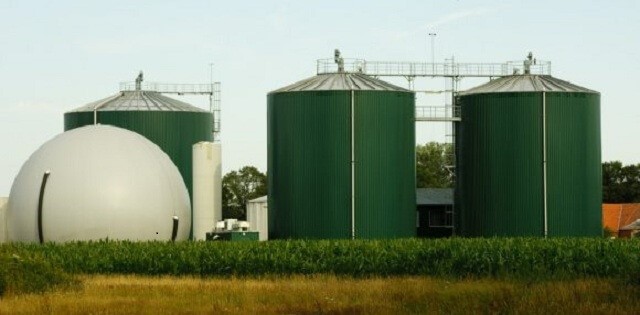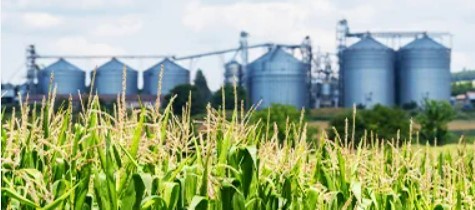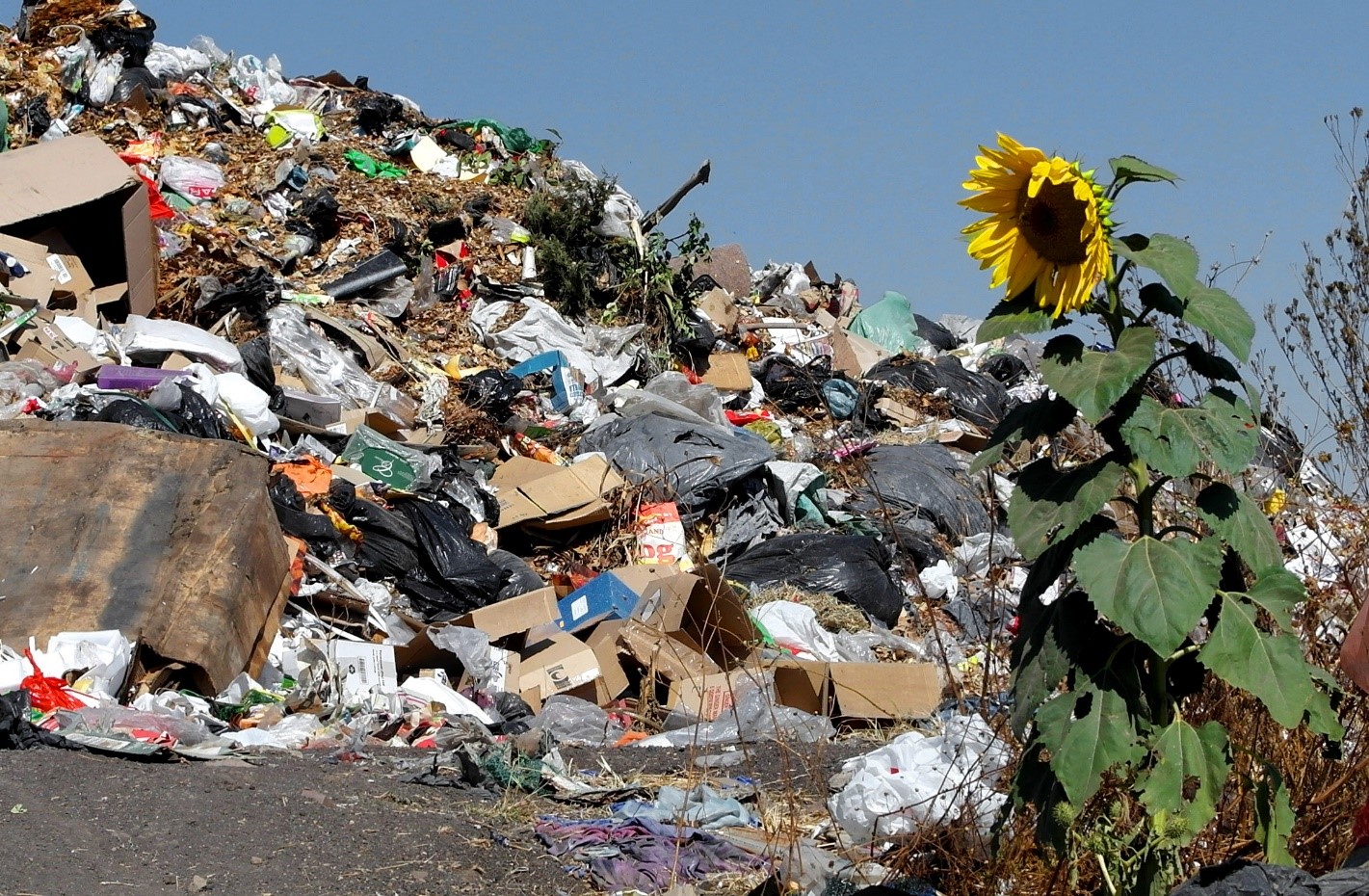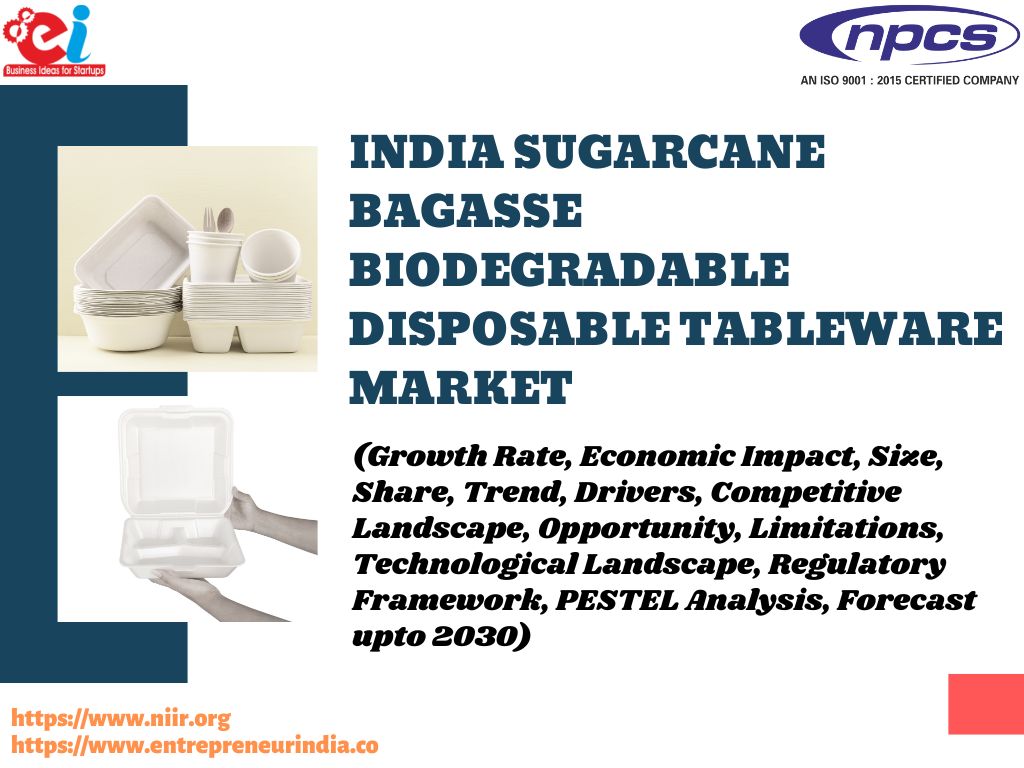A compressed biogas plant is a facility that converts organic matter, such as agricultural waste or animal manure, into biogas through the process of anaerobic digestion. The biogas produced can then be purified and compressed, making it suitable for use as a renewable natural gas for heating, electricity generation, and transportation.
Benefits of Setting Up a Compressed Biogas Plant
There are several benefits to setting up a compressed biogas plant. In addition to providing a clean and renewable energy source, biogas production helps to reduce greenhouse gas emissions by capturing methane, a potent greenhouse gas, that would otherwise be released into the atmosphere. Biogas plants also help to reduce the amount of waste that ends up in landfills, as the organic matter used as feedstock is recycled and converted into a useful product.
Setting up a compressed biogas plant requires careful planning and execution. The first step is to conduct a feasibility study to determine the potential for biogas production at a particular site. This study should consider factors such as the availability and quality of feedstock, the market demand for biogas, and the technical and financial viability of the project.
Once the feasibility study is complete, the next step is to design and build the plant. Typically, you construct a fermentation vessel for the anaerobic digestion process. You then add purification and compression equipment to ready the biogas for use. Carefully consider the plant’s size, layout, equipment, and materials to ensure optimal performance and efficiency.
Once operational, you must maintain and manage the plant to ensure efficient operation and high‑quality biogas production. This may involve regularly checking and replacing equipment, monitoring and adjusting the fermentation process, and performing routine maintenance tasks.
Building a compressed biogas plant challenges teams. It yields clean energy, cuts waste, and reduces greenhouse‑gas emissions.
Global Market Size
The global market for compressed‑biogas production facilities dwarfs the market for the gas itself.
Analysts value the global biogas market at $28.6 billion in 2019. They project it will reach $53.1 billion by 2024, a 12.9% CAGR.
Growing adoption of biogas as a transportation fuel will boost demand for biogas production.
Analysts expect the Asia‑Pacific region to lead the biogas production market, followed by Europe and North America. Within Asia‑Pacific, China and India will dominate thanks to their large populations and growing demand for clean energy.
Read Similar Articles: Biogas – Growing a Business Industry
Indian Market Size
India’s biogas market reached $1.6 billion in 2019. Experts expect it to hit $3.6 billion by 2024, a 18.5% CAGR.
India’s large agricultural sector provides abundant manure and crop residues, creating strong potential for biogas production.
India’s transport sector will use the most biogas. The government plans to convert 10% of public buses to it by 2030. Other potential end-users of biogas in India include the industrial and residential sectors.
Read our Books Here: Handbook on Biogas and Its Applications (from Waste & Renewable Resources with Engineering & Design Concepts)(2nd Revised Edition)
Government’s Efforts and Schemes to Promote Compressed Biogas Plant Project:
Additionally, several governments have launched initiatives and schemes to promote compressed biogas (CBG) plant projects worldwide. These programs encourage CBG adoption as a clean, renewable fuel and reduce reliance on fossil energy. Some of the key efforts and schemes include:
Moreover, governments often offer subsidies, grants, and tax credits to support CBG plant development. Consequently, these incentives offset initial capital costs and make the technology more viable for investors.
In addition, governments offer regulatory support by setting standards for CBG production and use. A favorable policy environment further encourages the deployment of CBG plants.
Research and development: Governments may invest in research and development (R&D) efforts to improve the efficiency and cost-effectiveness of CBG plant technology. This can help drive down the costs of producing CBG and make it more competitive with other energy sources.
Awareness campaigns: Governments also run awareness campaigns to educate the public on the benefits of CBG and promote its adoption.
For More information you can check our Project Reports on Compressed Biogas
International cooperation: Governments may further engage in international cooperation by collaborating on R&D projects or sharing best practices and technical expertise to promote CBG adoption globally.
Another key initiative is the Pradhan Mantri Ujjwala Yojana (PMUY), which aims to provide clean cooking fuel to low-income households.
In addition, The Ministry of Agriculture and Farmers’ Welfare provides financial assistance to farmers and entrepreneurs for the construction of biogas plants, as well as for the purchase of equipment and machinery.
Conclusion
Compressed biogas plant projects are a great asset for the state’s farmers and can also be implemented in your fields. Not only does it increase the productivity of your crops, but it also reduces greenhouse gas emissions because of its energy-efficient technology.
Compressed Biogas Plants can effectively address the issues related to biogas and its usage. With the Compressed Biogas Plant, now farmers do not need to worry about losing their lands as they can simply operate this plant on rented land instead of spending years cultivating crops. This means, more than just addressing environmental issues, Compressed Biogas plants also help in increasing revenue by providing jobs too!
The report found that the construction of a compressed biogas plant can help to improve the environment in a number of ways. NPCS delivers the most accurate, up-to-date information and encourages readers to stay informed about environmental issues.
Frequently Asked Questions:
- Can you Provide Examples of Expected Outcomes that might be Included in a Compressed Biogas Plant Project Report?
- A Compressed Biogas Plant Project Report is a detailed document that outlines the planning, design, implementation, and financial aspects of setting up a compressed biogas production facility. Moreover, it provides a comprehensive overview of the project’s objectives, methodology, and expected outcomes. As a result, it serves as a crucial guide for investors, developers, and policymakers involved in biogas initiatives
- What are the Key Components of a Compressed Biogas Plant Project Report?
- Generally, a typical Compressed Biogas Plant Project Report includes sections on the project overview, site selection, biogas production technology, and feedstock requirements. Additionally, it covers project cost estimation, potential funding sources, environmental impact assessment, and a detailed timeline for implementation.
- What are the Environmental Benefits of a Compressed Biogas Plant Project?
- Organic‑waste facilities produce compressed biogas to reduce greenhouse‑gas emissions by capturing and using methane—a potent gas that would otherwise escape into the atmosphere. It also reduces the need for fossil fuels, contributing to a cleaner environment and sustainable energy production.
- How Can I Assess the Economic Viability of a Compressed Biogas Plant Project?
- The economic viability of a Compressed Biogas Plant Project can be assessed by conducting a thorough financial analysis. This includes evaluating the project’s return on investment (ROI), payback period, operational and maintenance costs, revenue generation from biogas sales, and potential government incentives or subsidies.
- What are the Challenges Typically Faced in Implementing a Compressed Biogas Plant Project?
- Some common challenges in implementing a Compressed Biogas Plant Project include securing a reliable source of feedstock, obtaining necessary permits and approvals, ensuring proper project financing, managing technical and operational complexities, and addressing potential environmental and social concerns in the project area. It’s important to conduct a comprehensive feasibility study to address these challenges effectively.
Visit the page Select and Choose the Right Business Startup for You for sorting out the questions arising in your mind before starting any business and know which start-up you can plan.
We, at NPCS, endeavor to make business selection a simple and convenient step for any entrepreneur/startup. Our expert team, by capitalizing on its dexterity and decade’s long experience in the field, has created a list of profitable ventures for entrepreneurs who wish to diversify or venture. We update this list regularly to provide you with a steady stream of new and emerging opportunities.
Which buisness to start? How to choose a Business idea?
Reasons for Buying NIIR Report:
- Our research report helps you get a detailed picture of the industry by providing an overview of the industry along with the market structure and classification.
- Our report provides market analysis covering major growth driving factors for the industry, the latest market trends and the regulatory framework of the industry.
- Our Report provides an analysis and in-depth financial comparison of major Players / Competitors.
- Our Report provides indispensable buyers data with their company financials as well as the contact details, which can be an important tool in identifying the target customers.
- Our report provides forecasts of key parameters which help to anticipate the industry performance.
- We use reliable sources of information and databases. And information from such sources is processed by us and included in the report.






Hi there,
We are interested in setting up the CBG plant in Jabalpur District of Madhya Pradesh. Please feel free to provide detailed information to get related project report.
Thanks
Dr Chetan Kumar